
Space Weather refers to the environmental conditions in space as influenced by the Sun. These conditions can significantly affect Earth’s magnetic field and human activities, especially technologies and infrastructures.
Space Weather effects are numerous and complex, impact various aspects of space activities and require coordinated efforts to mitigate their effects. To address these challenges, scientists are working on improving space weather monitoring and forecasting capabilities. In this context, the CSES-Limadou collaboration will focus on understanding the impact of geomagnetic storms on the ionosphere using data from the CSES constellation.
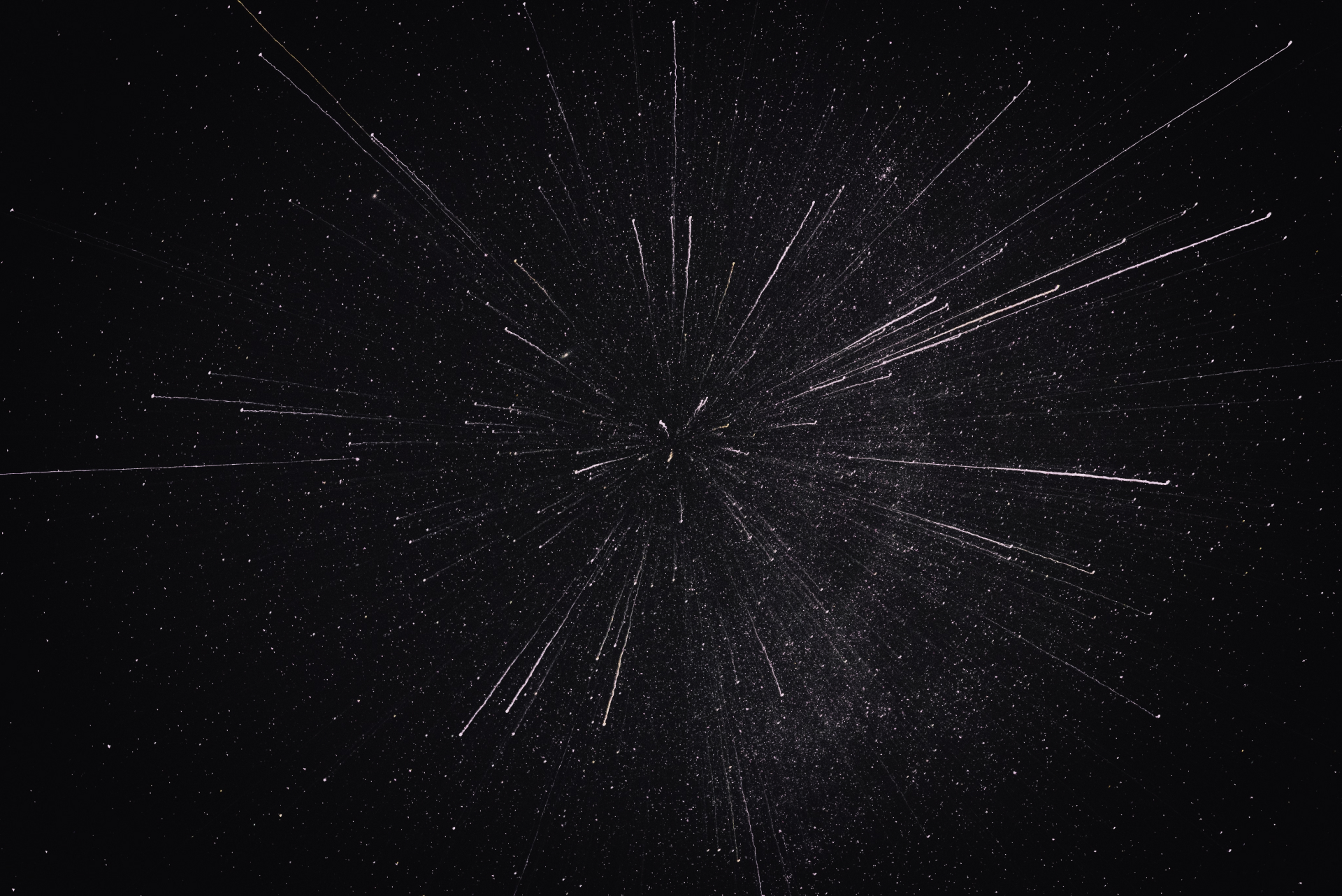
Their research results include:

Artistic impression of Northern Lights
The use of the CSES-02 satellite, acquiring data also at polar latitudes, will increase the knowledge of the magnetosphere-ionosphere coupling during active solar conditions, in particular of the Auroral Electrojet current and of the Field Aligned Current (FAC). CSES-02 will open the possibility to characterize for the first time the FAC electric field.
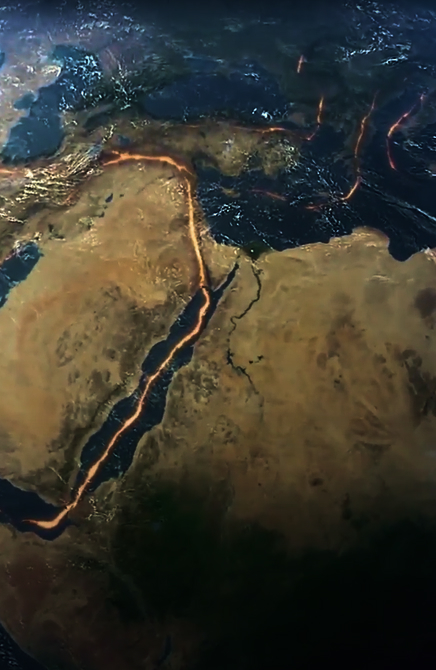
The study of earthquakes from space is an intriguing field that utilizes cutting-edge technology to...
Read more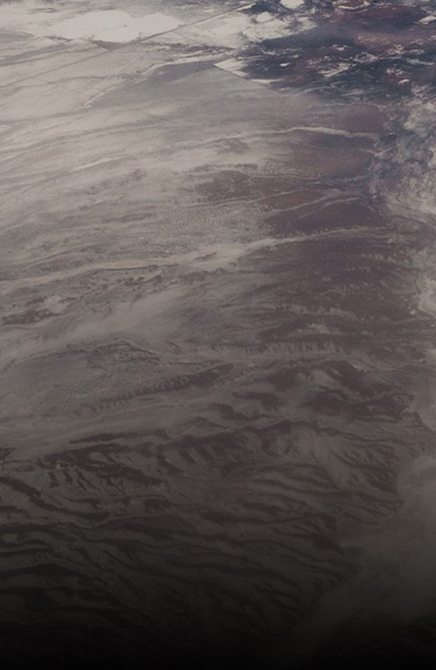
The near-Earth environment (NEE) is a dynamic region influenced by space weather, which includes solar...
Read more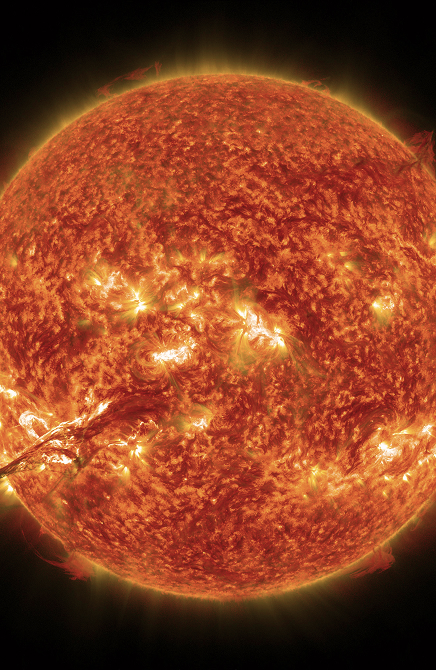
Space Weather refers to the environmental conditions in space as influenced by the Sun and...
Read more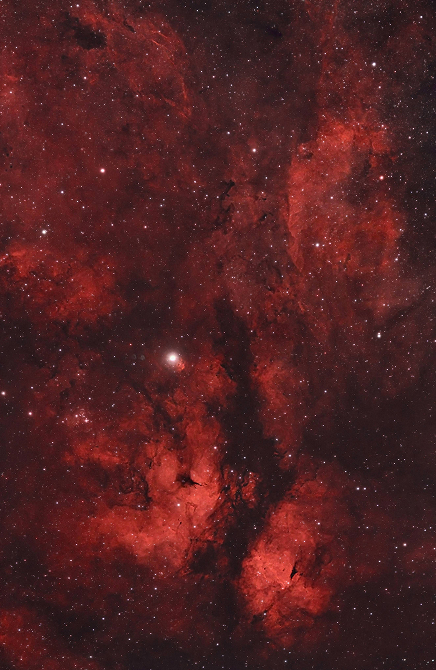
Galactic cosmic rays (GCRs) are high-energy particles that originate outside the solar system and travel...
Read more